Types of Pipe Fittings – In pipe systems, a fitting or adapter is used to join straight lengths of pipe or tube, adapt to different sizes or forms and regulate (or measure) fluid flow among other things. These fittings are used in plumbing to control the flow of water, gas, or liquid waste in a system of pipes or tubes in a household or commercial setting.
Different types of pipe fittings are employed in piping systems. Elbows, reducers, tees, couplings, unions, caps, crosses, plugs, swage nipples, adapters, bushings, valves, outlets, and flanges are the most important and often sought-after items. There are several pressure classifications for these pipe fittings, ranging from 150 PSI to 3000 LB.
The use of industrial tools makes it feasible to create pipe fittings. Many different manufacturers, distributors, Suppliers and Companies provide pipe fittings, and Linquip has a big collection of Pipe Fittings for Sale. Contact Pipe Fittings Experts in Linquip to find out more about how to get in touch with a wide range of service providers who continuously deliver high-quality goods.
Fittings (especially unusual varieties) take time, money, materials, and tools to install, but they’re an essential aspect of piping and plumbing systems. Although valves are technically fittings, they are often treated independently.
How we Write this Blog Post about Types of Pipe Fittings Used in Piping
Pipe fittings are used to connect different sections of pipe together. They are used to change the direction of flow, reduce or increase pipe size, and connect pipes of different materials. Pipe fittings come in many different shapes and sizes, including elbows, tees, reducers, couplings, and flanges. Each type of fitting has its own unique purpose and is designed to meet specific needs. In this blog post, we will be discussing the different types of pipe fittings used in piping.
When writing a blog post about Types of Pipe Fittings Used in Piping, we had to do a lot of research to ensure that we were providing accurate information. We started by researching the different types of pipe fittings and their uses. We then looked at how these fittings are manufactured and what materials they are made from. Once we had a good understanding of the topic, we began writing the post. We made sure to include all the important information about each type of fitting and how it is used. We also included some tips for choosing the right type of fitting for your needs. Overall, we found that writing this post was a great learning experience and helped us gain a deeper understanding of the types of pipe fittings used in piping.
What Are the Different Types of Pipe Fittings?
Pipe fittings come in various shapes and sizes. The following is a list of pipe fittings that are commonly used in piping projects.
- Elbow
- Reducer
- Tee
- Coupling
- Adapters
- Union
- Valve
- Cross
- Olet
- Cap
- Plug
- Swage Nipple
- Expansion Joint
- Bush
- Long Radius Bend
- Steam Traps
- Flanges
What is Pipe Fitting?
Pipe fittings are used to join pipes together. Component of the piping system that aids in Elbows and tees change the flow direction. Reducers and reducing tees change the pipe’s size. Various parts, like couplings, are used to connect and stop flows, whereas Caps are used to halt flows.
What Is the Name of Pipe Fittings?
The pipe fitting used to connect two ends of pipes is known as a union. Three components make up a union: a nut, a male end, and a female end. With the help of the nuts, the male and female ends are put together, and the joint has to be compressed enough to connect them.
Standards
When constructing (or producing) a plumbing system, standard codes are followed. The following are some of the organizations that publish pipe standards:
- ASTM International: American Society for Testing and Materials
- ASME: American Society of Mechanical Engineers
- 19.2 Ceramic plumbing fixtures standard
- 19.1 Enameled cast-iron and steel plumbing fixtures standards
- API: American Petroleum Institute
- AWWA: American Water Works Association
- AWS: American Welding Society
- ANSI: American National Standards Institute
- NFPA: National Fire Protection Association
- MSS: Manufacturers Standardization Society
- CGA: Compressed Gas Association
- PCA: Plumbing Code of Australia
- EJMA: Expansion Joint Manufacturers Association
Pipes must meet the following dimensional requirements:
- ASME B36.19M: Stainless-steel pipe
- ASME B36.10M: Welded and seamless wrought-steel pipe
- ASME B31.4 XXXX: Power piping
- ASME B31.3 2008: Process piping
Chemical, pharmaceutical, textile, paper, semiconductor, and cryogenic industries, as well as related processing plants and terminals, are all covered by the B31.3 and B31.4 codes. Materials and components, design, manufacturing, erection, assembly, inspection, examination, and pipe testing are all covered by these rules. Raw, intermediate, and finished chemicals; gas, steam, air, and water; petroleum products; fluidized solids; refrigerants, and cryogenic fluids are all covered by the codes.
Materials
The material used to make a pipe is frequently the deciding factor in pipe selection. Pipes are made from various materials, including:
- Carbon(CS) and galvanized steel
- Low-temperature carbon steel (LTCS)
- Impact-tested carbon steel (ITCS)
- Malleable iron
- Stainless steel(SS)
- Non-ferrous metals (includes inconel, copper, incoloy, and cupronickel)
- Chrome-molybdenum (alloy) steel (commonly used for high-temperature service)
- Non-metallic (includes acrylonitrile butadiene styrene(ABS), polyvinyl chloride (PVC), fibre-reinforced plastic (FRP), high-density polyethylene (HDPE), chlorinated polyvinyl chloride (CPVC), and toughened glass.
The bodies of pipe and tube fittings are often made of the same material as the pipe or tubing they connect: copper, steel, PVC, CPVC, or ABS. Any material allowed by the plumbing, health, or construction codes (as appropriate) may be used, but it must be consistent with the other materials in the systems, the fluids being conveyed, and the temperature and pressure within (as well as outside) the system. Copper pipes and plumbing systems frequently use brass or bronze fittings. The choice of pipe and fitting materials is also influenced by aspects such as fire resistance, mechanical ruggedness, earthquake resistance, theft resistance, and others.

Pipe Fittings Types
The main types of pipe fittings will be discussed in this post.
Gaskets
Gaskets are ring-shaped mechanical seals that seal flange joints. Gaskets are distinguished by their structure, materials, and features. Nonmetallic (ASME B 16.21), spiral-wound (ASME B 16.20), and ring-joint gaskets are commonly employed (ASME B 16.20).
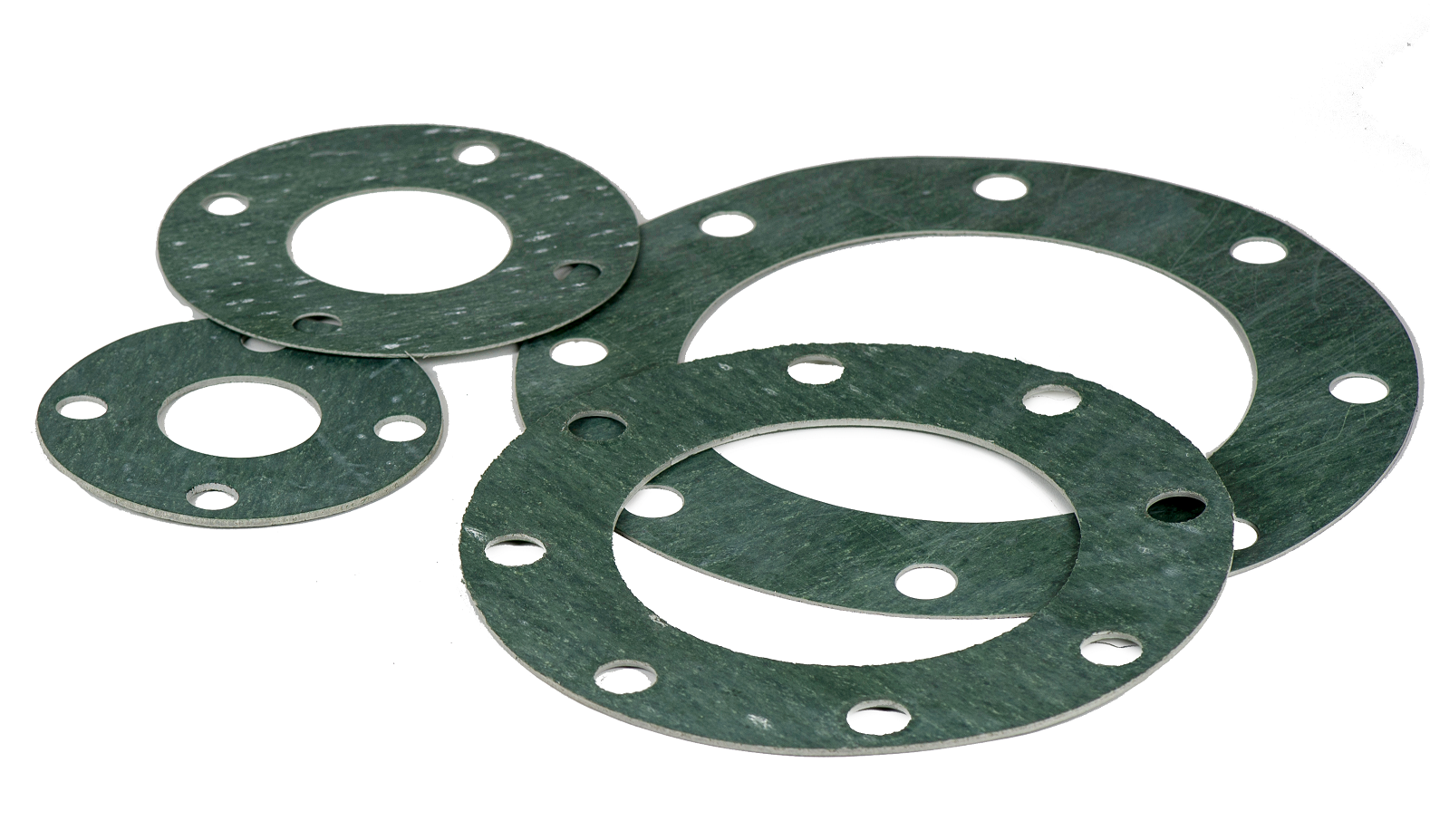
With flat- or raised-face flanges, non-metallic gaskets are employed. With raised-face flanges, spiral-wound gaskets are utilized, while ring-joint gaskets are used with ring-type joint (RTJ) flanges. When an RTJ gasket is fastened to a flange, stress builds between the gasket and the flange groove, causing plastic deformation of the gasket.
Gender
To make connections, piping or tubing is normally placed into fittings. Connectors are allocated a gender, which is denoted by the letters M or F. A “3/4-inch female adapter NPT,” for example, would have a matching male connector of the same thread and size standard (in this case also NPT).
Pipe Elbow
Elbows are used more frequently than any other pipe fitting. It allows you to modify the pipe’s direction with ease. The two most common kinds of the elbow are 90° and 45°. It can, however, be trimmed to any degree. Elbows come in two different radius types: short radius (1D) and long radius (1.5D).
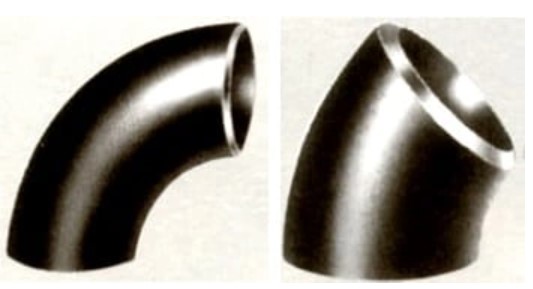
90 Degree Elbow
To shift the direction of the pipe by 90 degrees, a 90 degree elbow is put between the pipes. Long and short radius options are available.
45 Degree Elbow
To shift the direction of the pipe by 45 degrees, a 45 degree elbow is inserted between the pipes.
Long Radius Elbow
The centerline radius of a long radius elbow is 1.5 times the nominal size of the pipe or 1.5 times the diameter of the pipe. Long radius elbows are commonly used in pipes because they have less pressure loss than short radius elbows. It took up more room than a short radius elbow would.
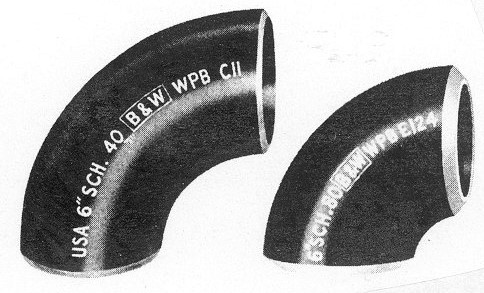
Short Radius Elbow
The centerline radius of a short radius elbow is the same as the pipe’s nominal size, or one time the pipe’s diameter. In applications where space is limited, short radius elbows are used. However, due to a quick shift in the flow direction, it exhibits a high-pressure drop.
Reducing Elbow
The 90 reducing elbows are used to alter the direction of a pipe while also lowering its size in a piping system. The reducing elbow replaces one pipe fitting and cuts welding time by more than a third. In addition, the decreasing elbow’s steady decline in diameter over its arc minimizes flow resistance and lessens the influence of stream turbulence and probable internal erosion. These features prevent the line from experiencing significant pressure drops.
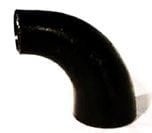
Pipe Bend
In fluid transportation lines that require pigging, long radius pipeline bends are used. The pipe bend has a minimal pressure drop because of its long radius and seamless change of direction, allowing for a smooth flow of fluid and pig. Three-dimensional (3D) and five-dimensional (5D) pipe bends are widespread. D denotes the pipe diameter.

Miter Bend
Miter bends are made from pipes and are not normal pipe fittings. Because large size elbows are pricey, they are usually recommended for sizes 10” and up. Miter bends are only allowed on low-pressure water lines. Miter bends can be made in two, three, or five parts.

Returns – 180 Degree Elbow
To make a 180o change in direction, return elbows are used. The design is available in two lengths: short and long. The heating coil, heat exchanger, tank vent, and other components all use returns.

Pipe Tee
The fluid from the run pipe is distributed or collected using a pipe tee. It’s a short section of pipe with a central 90-degree branch. Equal / Straight Tee and Reducing / Unequal Tee are the two types of Tee used in pipes.

Straight Tee
The diameter of the branch in a straight tee is the same as the diameter of the Run (Header) Pipe.
Reducing Tee
The diameter of the branch in a reducing tee is smaller than the diameter of the Run (Header) Pipe.
Barred Tee
In piggable pipelines, a barred tee, also known as a scrapper tee, is employed. A restriction bar is welded internally to the branch of the tee to prevent the pig or scrapper from entering the branch. The bars are welded into the branch in such a way that the pig can flow freely through the run pipe.

Wye Tee / Lateral
It’s a sort of Tee with a branch that’s at a 45° angle, or a different angle than 90°. The Wye tee is used to connect two pipes at a 45° angle. This form of tee lowers turbulence and friction, which can obstruct the flow. A lateral is another name for a Wye tee.

Cross
Four-way pipe fitting is another name for a cross. One inlet and three exits make up a cross (or vice versa). In most cases, crosses are not used to transfer fluid in process pipes. Forged crosses, on the other hand, are typical in the firewater sprinkler system.

Pipe Reducers
A pipe reducer reduces the pipe’s diameter. In pipes, there are two types of reducers: concentric and eccentric.
Concentric Pipe Reducer or Conical Reducer
The center of both ends of a concentric reducer, also known as a conical reducer, is on the same axis. It maintains the pipeline’s centerline elevation. Concentric reducers are employed when the center lines of the bigger and smaller pipes must be kept the same.

Eccentric Reducer
The center of both ends of the Eccentric reducer is on a separate axis, as illustrated in the illustration. It keeps the pipeline’s BOP (bottom of pipe) height constant. Eccentric reducers are required when one of the pipeline’s exterior surfaces must be kept the same.
Offset = ( Larger ID – Smaller ID) / 2
Swage Reducer
Swages are similar to reducers, but they’re smaller, and they’re used to link larger screwed, or socket welded pipes to smaller screwed or socket welded pipes. They come in concentric and eccentric varieties, just like reducers. Swages come in a variety of end kinds. Both plain ends or one plain and one threaded end, for example.

Pipe Caps
A pipe’s end is covered by the cap. Pipe caps are utilized at the piping system’s dead end. It’s also utilized for future connections in pipe headers.

Stub Ends
With a lap joint flange, stub ends are used. The stub is butt-welded to the pipe in this form of a flange, but the flange can freely travel over the stub end. It is essentially a flange part, but it is covered by ASME B16.9, which is why it is referred to as pipe fittings.

Piping Union
In low-pressure small bore pipes where pipe dismantling is required more frequently, unions are utilized as an alternative to flange connections. Threaded or socket weld ends are available for unions. A union is made up of three parts: a nut, a female end, and a male end. The nuts also provide the necessary pressure to seal the connection when the female and male ends are linked.

Types of Pipe Unions
Pipe unions are divided into ground joint unions and flange unions. Flange unions have two parts, while ground joint unions are composed of three parts.
Pipe Coupling
There are three different sorts of couplings:
- Full Coupling
- Half Coupling
- Reducing Coupling

Full Coupling
For connecting tiny bore pipes, a full coupling is employed. It was once used to join two pipes or a pipe to a swage or a nipple. Threaded or socket ends are available.
Half Coupling
Small-bore branching from a vessel or large pipe is done with a half coupling. It can be either threaded or socketed. Only one side has a socket or thread end.
Reducing Coupling
A reducing coupling is used to join two pipes of different diameters. It’s similar to a concentric reducer in that it keeps the pipe’s centerline but is much smaller.

Pipe Nipple
A nipple is a short stub of pipe with a male pipe thread on both ends or just one. It’s used to join two other fittings together. Pipe, hoses, and valves are all connected with nibbles. Low-pressure piping employs pipe nipples.
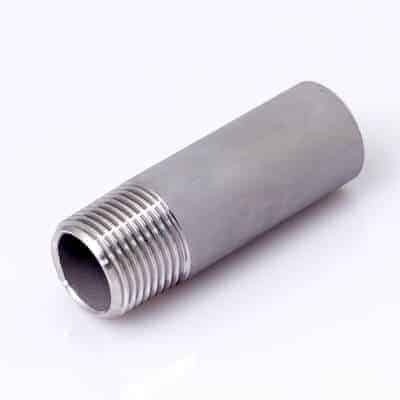
Socket weld and Threaded Pipe Fittings
Socket weld and Threaded Pipe Fittings are both forged products with different pressure-temperature ratings. They come in sizes ranging from 1/8” to 4” NPS. There are four pressure-temperature rating classes available for these fittings.
- 2000 class fittings are produced in only in threaded type.
- 3000 and 6000 class fittings are produced in both Threaded and Socket Weld types.
- 9000 class fittings are produced in only the socket weld type.
Small bore and low-pressure pipework require these fittings.
Socket Weld Elbow
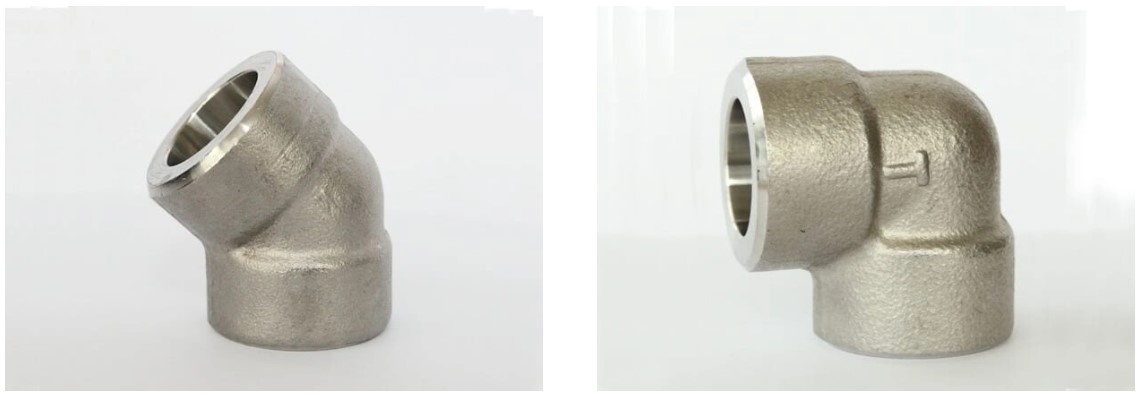
Tee and Cross Socket Weld Type
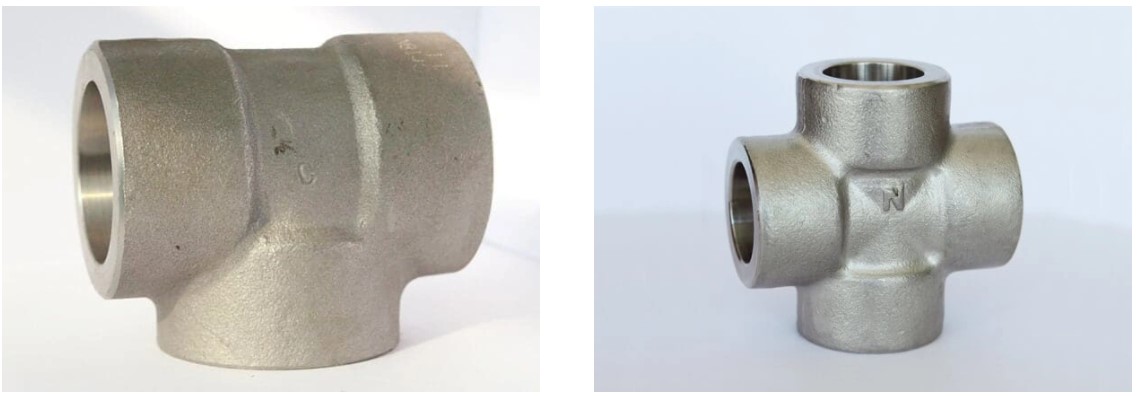
Threaded Pipe Fittings
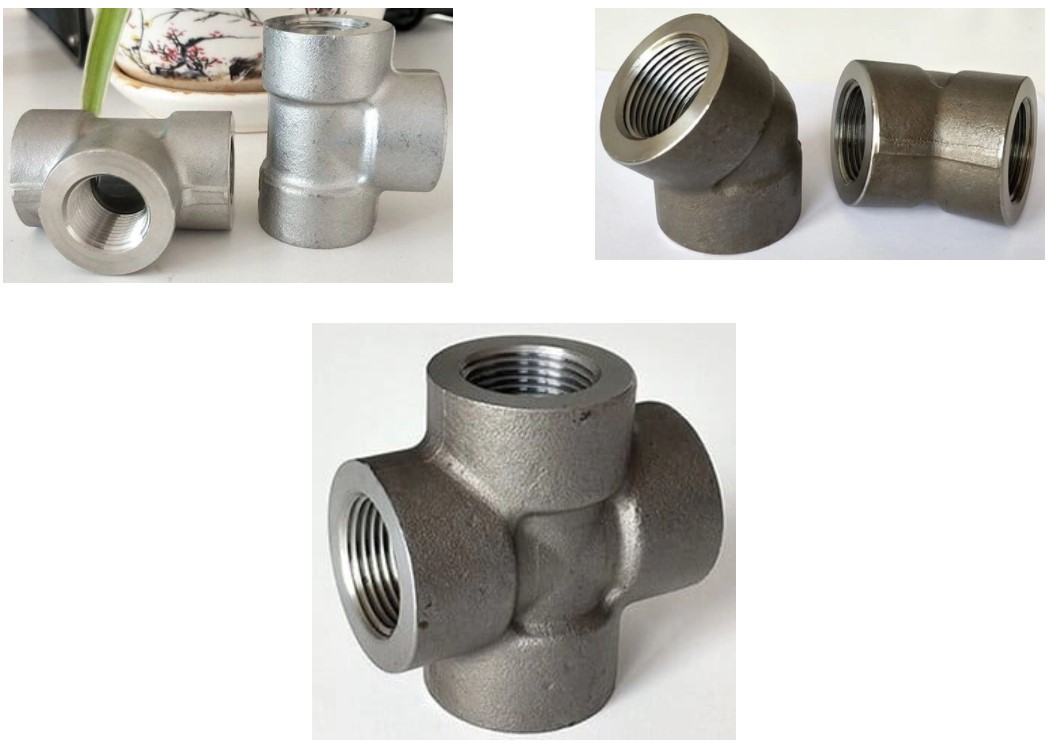
FAQs about Pipe Fittings Types
- Which pipe fitting is most common?
Among pipe fittings, a tee is the most common, which divides or combines fluid flow. You can use tees to connect pipes with different diameters or to reroute the direction of a pipe run.
Conclusion
This post aims to provide you with an overview of the types of fittings, after a brief overview of fittings, what they’re used for, and what materials they’re composed of. Find out more about what Linquip can offer you by visiting “What Is Pipe Fitting” and looking through the options available. If you don’t know what type of fitting to buy and are overwhelmed by the wide range of products available, you can start from Linquip’s selection of Pipe Fittings.
Download Types of Pipe Fittings PDF
Watch Video for Pipe Fittings Types
Those who would like to gain a better understanding of fittings visually are advised to watch this video.
Read More In Linquip

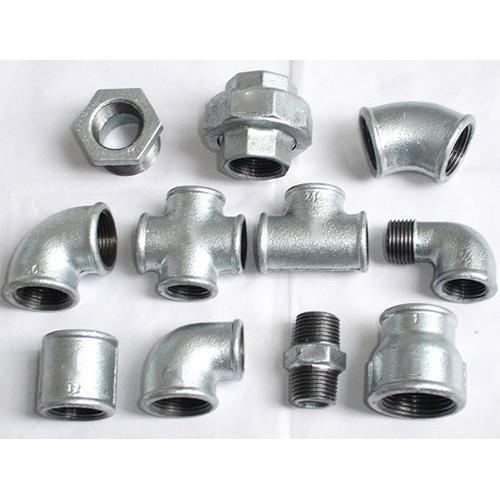


Nice Posted
Nice
Thanks…
very useful